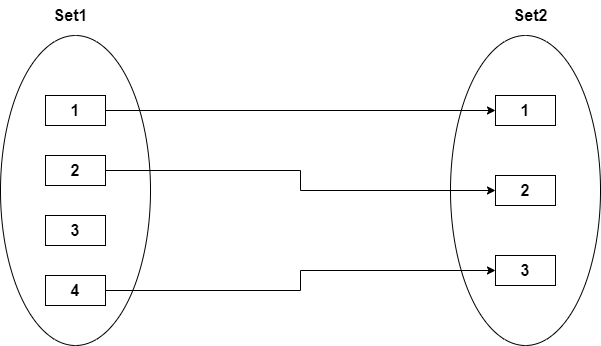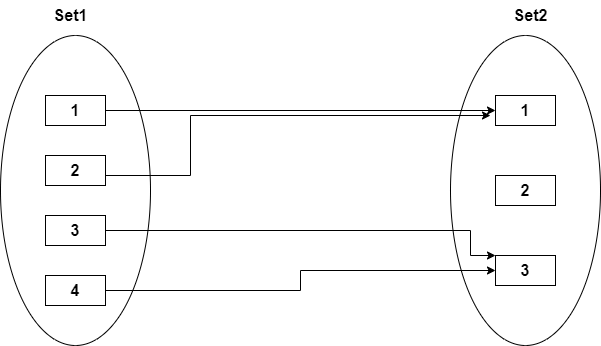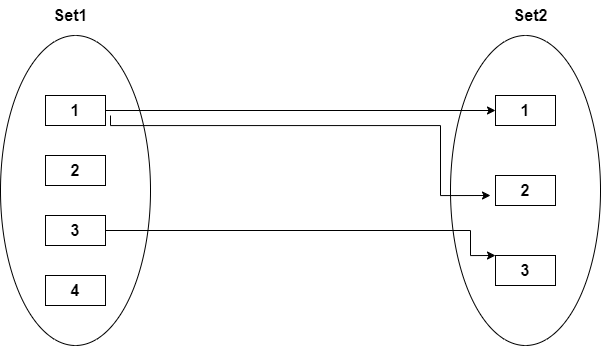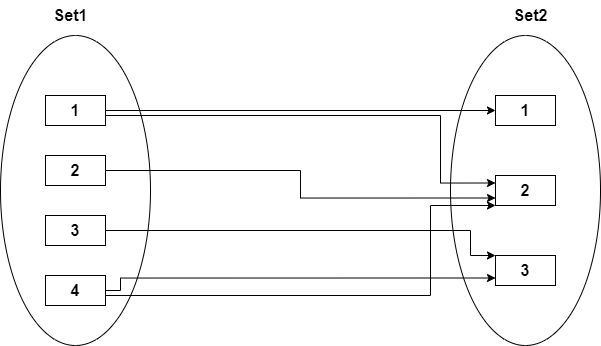Cardinality in DBMS (Mapping Constraints)DBMSDBMS stands for Database Management System, which is a tool, or a software used to do various operations on a Database like the Creation of the Database, Deletion of the Database, or Updating the current Database. To simplify processing and data querying, the most popular types of Databases currently in use typically model their data as rows and columns in a set of tables. The data may then be handled, updated, regulated, and structured with ease. For writing and querying data, most Databases employ Structured Query Language (SQL). CardinalityCardinality means how the entities are arranged to each other or what is the relationship structure between entities in a relationship set. In a Database Management System, Cardinality represents a number that denotes how many times an entity is participating with another entity in a relationship set. The Cardinality of DBMS is a very important attribute in representing the structure of a Database. In a table, the number of rows or tuples represents the Cardinality. Cardinality RatioCardinality ratio is also called Cardinality Mapping, which represents the mapping of one entity set to another entity set in a relationship set. We generally take the example of a binary relationship set where two entities are mapped to each other. Cardinality is very important in the Database of various businesses. For example, if we want to track the purchase history of each customer then we can use the one-to-many cardinality to find the data of a specific customer. The Cardinality model can be used in Databases by Database Managers for a variety of purposes, but corporations often use it to evaluate customer or inventory data. There are four types of Cardinality Mapping in Database Management Systems:
One to OneOne to one cardinality is represented by a 1:1 symbol. In this, there is at most one relationship from one entity to another entity. There are a lot of examples of one-to-one cardinality in real life databases. For example, one student can have only one student id, and one student id can belong to only one student. So, the relationship mapping between student and student id will be one to one cardinality mapping. Another example is the relationship between the director of the school and the school because one school can have a maximum of one director, and one director can belong to only one school. Note: it is not necessary that there would be a mapping for all entities in an entity set in one-to-one cardinality. Some entities cannot participate in the mapping.
Many to One Cardinality:In many to one cardinality mapping, from set 1, there can be multiple sets that can make relationships with a single entity of set 2. Or we can also describe it as from set 2, and one entity can make a relationship with more than one entity of set 1. One to one Cardinality is the subset of Many to one Cardinality. It can be represented by M:1. For example, there are multiple patients in a hospital who are served by a single doctor, so the relationship between patients and doctors can be represented by Many to one Cardinality. 
One to Many Cardinalities:In One-to-many cardinality mapping, from set 1, there can be a maximum single set that can make relationships with a single or more than one entity of set 2. Or we can also describe it as from set 2, more than one entity can make a relationship with only one entity of set 1. One to one cardinality is the subset of One-to-many Cardinality. It can be represented by 1: M. For Example, in a hospital, there can be various compounders, so the relationship between the hospital and compounders can be mapped through One-to-many Cardinality. 
Many to Many Cardinalities:In many, many cardinalities mapping, there can be one or more than one entity that can associate with one or more than one entity of set 2. In the same way from the end of set 2, one or more than one entity can make a relation with one or more than one entity of set 1. It is represented by M: N or N: M. One to one cardinality, One to many cardinalities, and Many to one cardinality is the subset of the many to many cardinalities. For Example, in a college, multiple students can work on a single project, and a single student can also work on multiple projects. So, the relationship between the project and the student can be represented by many to many cardinalities. 
Appropriate Mapping CardinalityEvidently, the real-world context in which the relation set is modeled determines the Appropriate Mapping Cardinality for a specific relation set.
Next TopicDBMS Keys
|
 For Videos Join Our Youtube Channel: Join Now
For Videos Join Our Youtube Channel: Join Now
Feedback
- Send your Feedback to [email protected]
Help Others, Please Share










